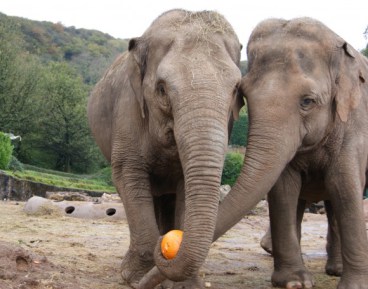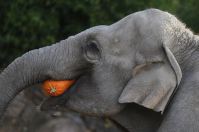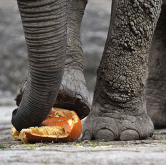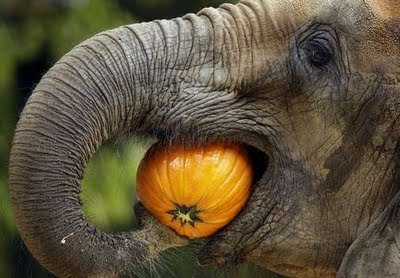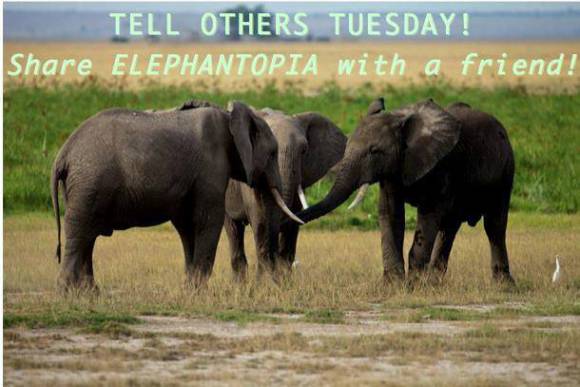October 4 was World Animal Day. It was also the inaugural International March for Elephants. Thousands of people around the world in over 40 cities marched, raising awareness about the plight of the elephant. As stated by Elizabeth Chitwood, leader of the Houston March:
Unless we STOP THE TRADE, an elephant is killed every 15 minutes.
Unless we STOP THE TRADE, a ranger looses his or her life - already 5,000 in the last ten years
Unless we STOP THE TRADE, terrorists like Al Shabaab will continue funding their extremist agendas.
Today we say loud and proud - STOP THE TRADE, SAVE THE ELEPHANTS!
The day continued with a testimony from Andrea Drager, PhD student at Rice University who formerly worked with the Peace Corps in Central Africa studying the Forest Elephants. She shared the importance ecologically these elephants have to the forests, as “the gardeners” and the devastating effects poaching has on both the forest & the people living there. Peter Riger, Vice President of the Houston Zoo Wildlife Conservation Society, followed her, calling for world leaders to create an international ban on ivory noting that much “legal ivory” entering the US feeds the illegal ivory trade. To save the elephants, we must ban the trade. He applauded the people of Houston for taking a stand today for elephants. Both speakers were awarded a gift from co-leader of the event, Ana Shah. Peter was gifted one year fostering an elephant through David Sheldrick Wildlife Trust and Andrea, one year of a rhino from DSWT.
Then the fun part began - we marched! A few of our chants:
Elephants! Too big to hide - stop the elephanticide!
Elephants! Are large and gray - let them live another day!
Ivory - is blood red stained (repeat) - Burn it all and stop the trade (repeat)!
Say NO to ivory! Extinction is forever!
Elephant poaching is a crime extinction - is for all time!
The event closed with a proclamation from the Mayor of Houston, announcing that Annise D Parker proclaims October 4, 2013, as March For Elephants Houston Day! As people left, each was given a goody-bag generously donated by Whole Foods Kirby in Houston. We were thankful for both the support of Whole Foods & the Houston Zoo.
Elephantopia was thrilled with the turnout, the event itself and the positive momentum from Houston, being loud for the elephants! We are proud of Houston for raising over $1200 for the event & David Sheldrick Wildlife Trust. Many elephants will be helped from the generosity of H-Town.
This slideshow requires JavaScript.
This weekend, we will be busy creating a photo album of the event & sharing some videos, but for now, here are a few pictures capturing the essence of this monumental day!
Like this:
Like Loading...

